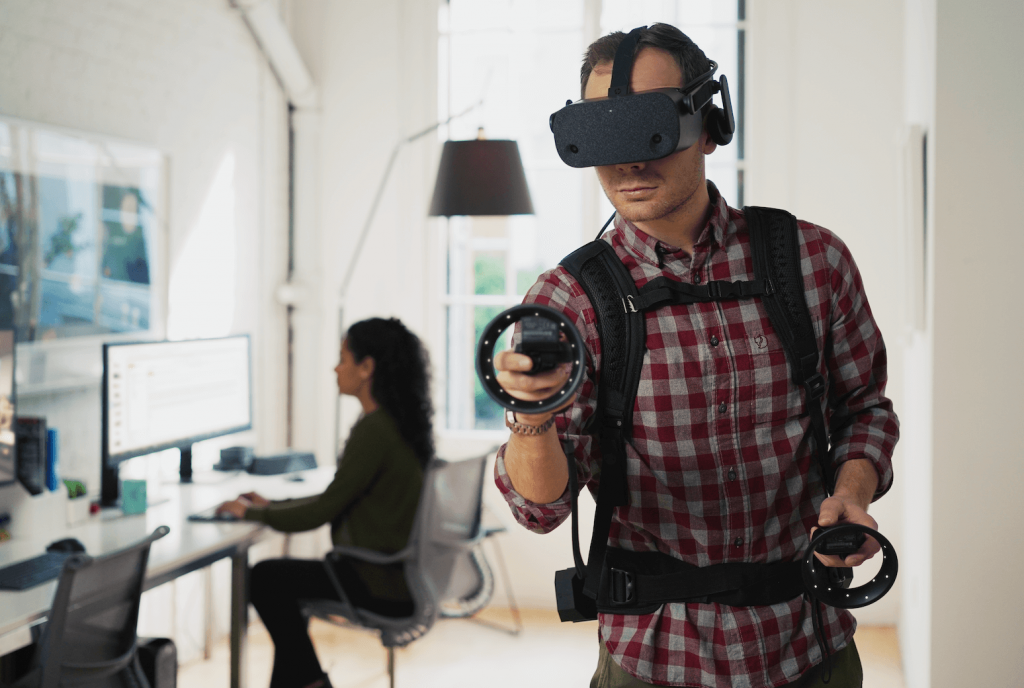When virtual reality (VR) burst onto the scene, it quickly established itself as groundbreaking technology, especially in the architecture, engineering and construction (AEC) industry. VR became an essential tool for design and, even in 2021, usage within the AEC segment is expected to continue increasing.
VR now places AEC professionals in immersive environments, enabling better communication about a building’s design with their clients and other professionals. The evolution of VR within the AEC industry has also meant that, as new applications develop, VR can be used in every stage of design, from encouraging innovative ideas to managing any potential construction issues.
Designing for the future, together
AEC professionals work in three dimensions and, for a long time, it has been challenging for clients to understand their design vision. They’ve often had to communicate in two dimensions and create faux rooms to conceptualise their design. As both architects and engineers will attest, that’s a time-consuming and costly process that is not incredibly sustainable, as the faux rooms are often demolished and discarded.
By representing their designs virtually, architects and engineers are instead able to walk their client through a design, immersing them in the digital model. Clients can weigh in on design options immediately and, because it’s done on the fly, the time needed for time-consuming amendments down the track is negated.
Beyond client communication, VR also allows AEC professionals to collaborate in new ways. Multiple teams from multiple locations can work on digital projects cohesively without needing to be physically together. This can take collaboration to a new level, because it encourages advice from fellow designers — a natural consequence of bringing people with a diverse set of experiences and perspectives together. In the face of the COVID-19 pandemic, virtual scans of models can be accessed with VR, allowing AEC professionals to safely continue their work without interruption.
Solving problems before they appear
Once a design has been rendered in VR, AEC professionals can test and refine it as their project evolves. A multi-dimensional digital model brings a sense of perception that two-dimensional designs lack. Amendments and improvements can be carried out immediately.
It’s this instantaneous feedback mechanism that makes VR a unique and integral part of the design process. What’s more VR touches every aspect of the design workflow, informing engineers about structural changes whenever design changes are carried out. VR enables the engineer and architect to work together to resolve challenges before building commences, saving time, money and resources in the future.
The future is now
For designers and builders, this is the new reality. Computer hardware, high-resolution headsets and powerful software have improved over the years. Even the challenge of bringing heavy building information modelling data into VR has made this technology a reality.
With 5G and artificial intelligence coming into the realm of the Internet of Things, opportunities for VR coordination during the construction phase will become even more exciting. Imagine the potential of a computational model of a complex system (a building, for instance) that enables designers to test different equipment settings in a virtual environment to determine which ones perform best.
VR’s role within the AEC industry has come a long way within a very short amount of time. It has given AEC professionals, their clients and beyond a unique experience. People are able to share their knowledge, their tools and their techniques. The potential is limitless.
Z by HP equips creators with the powerful tools they need to fuel their creative evolution. Check out more at hp.com/AEC.

